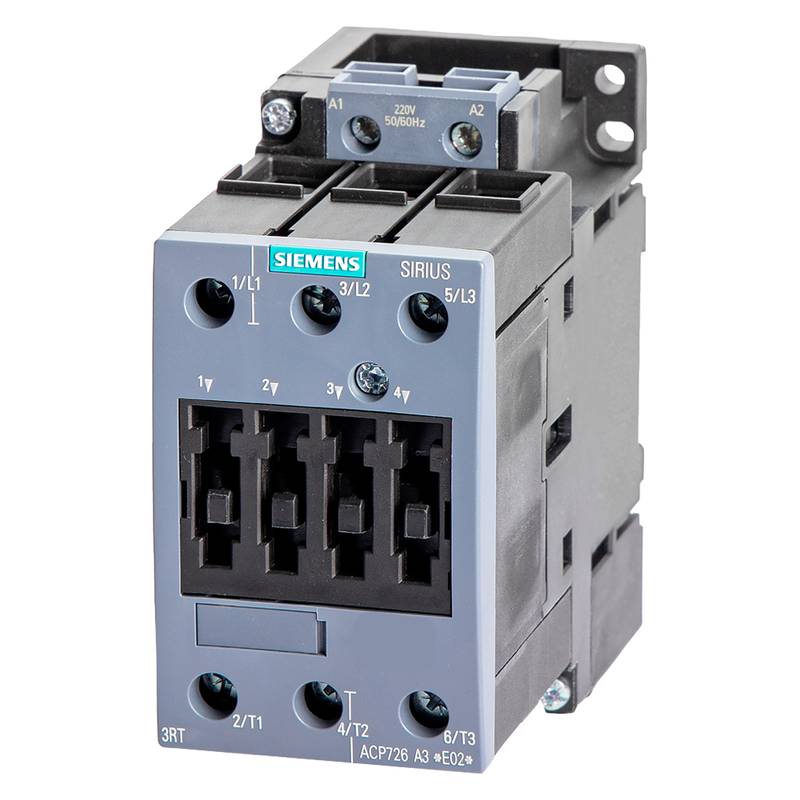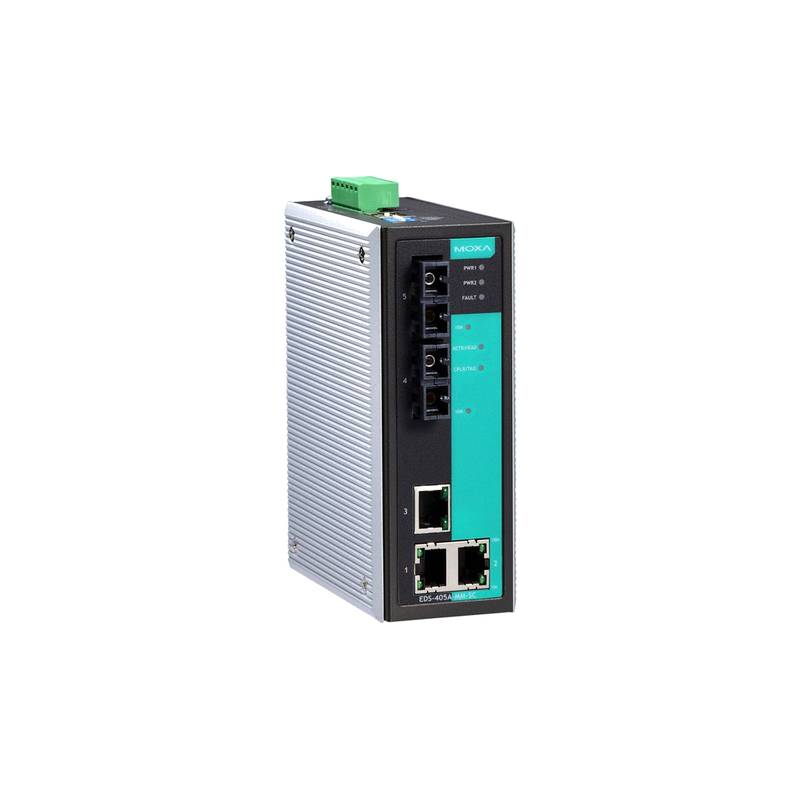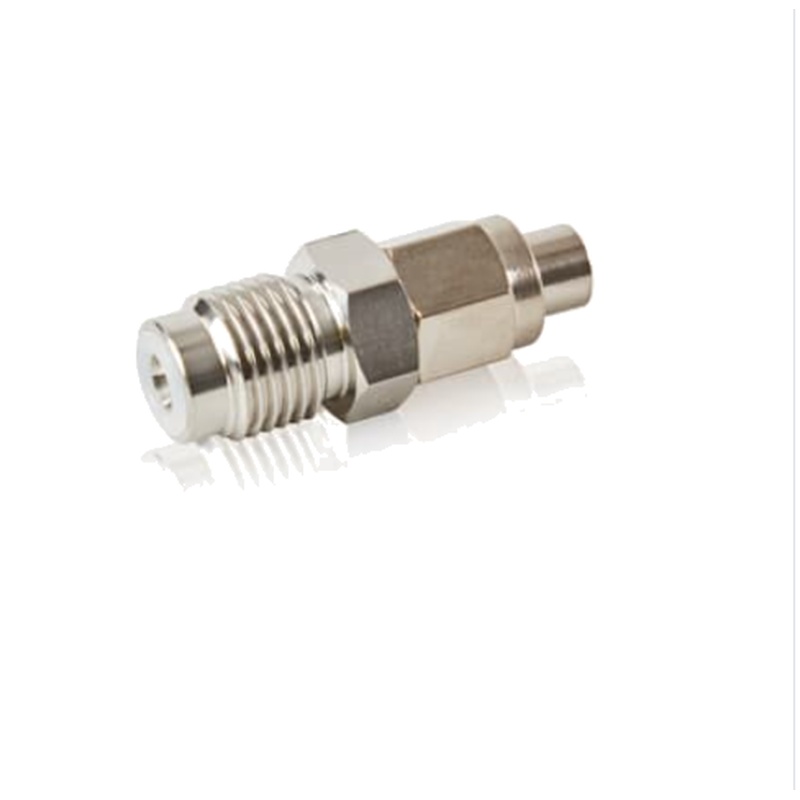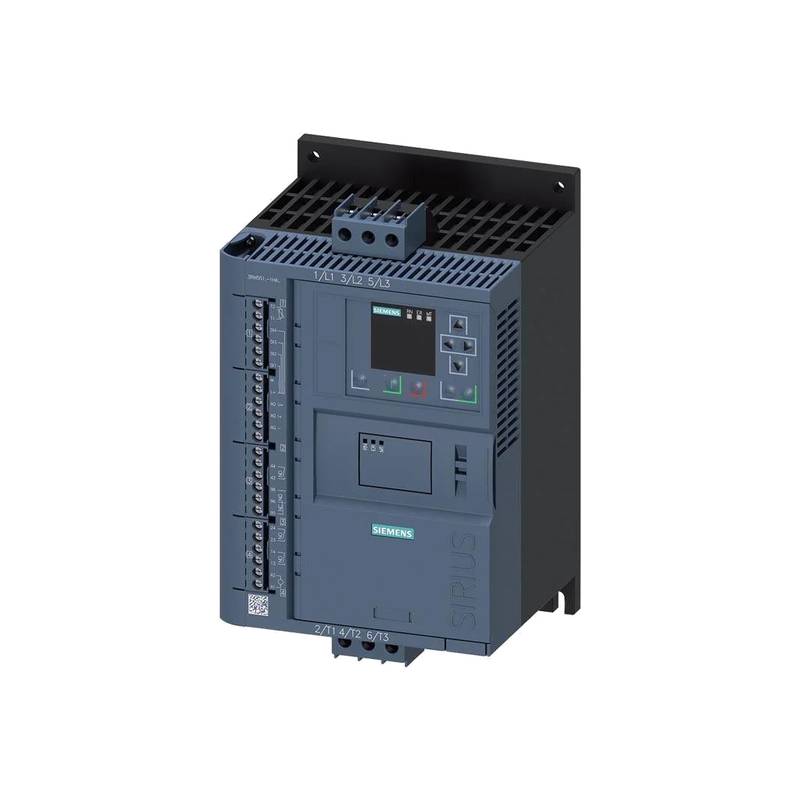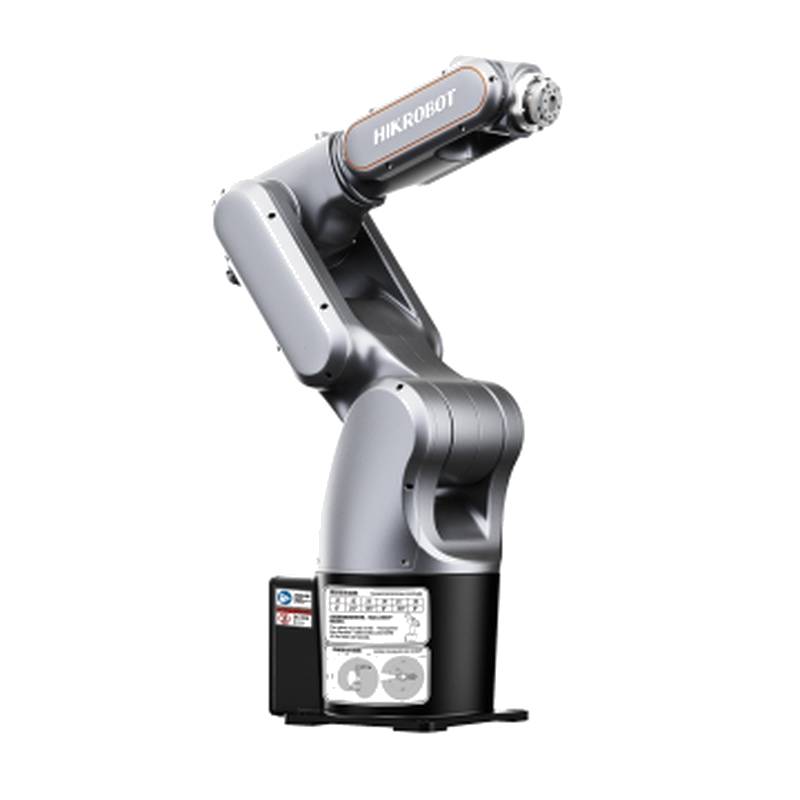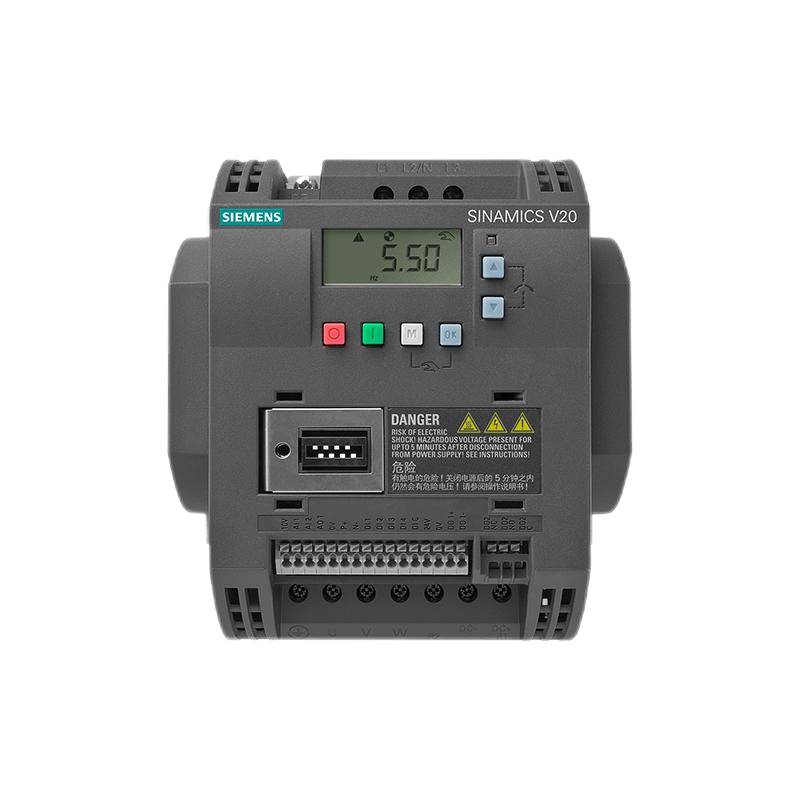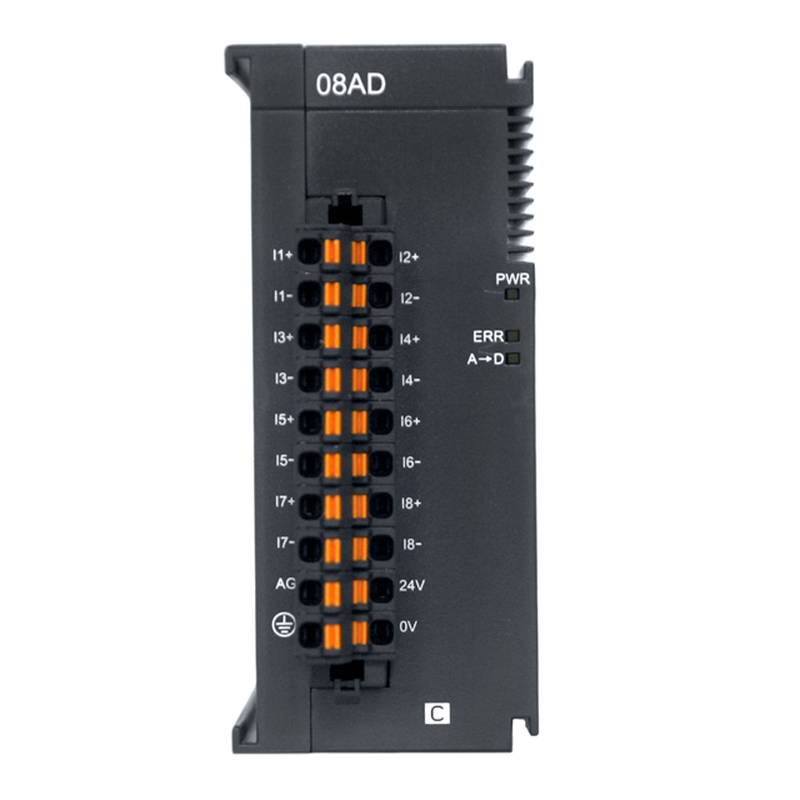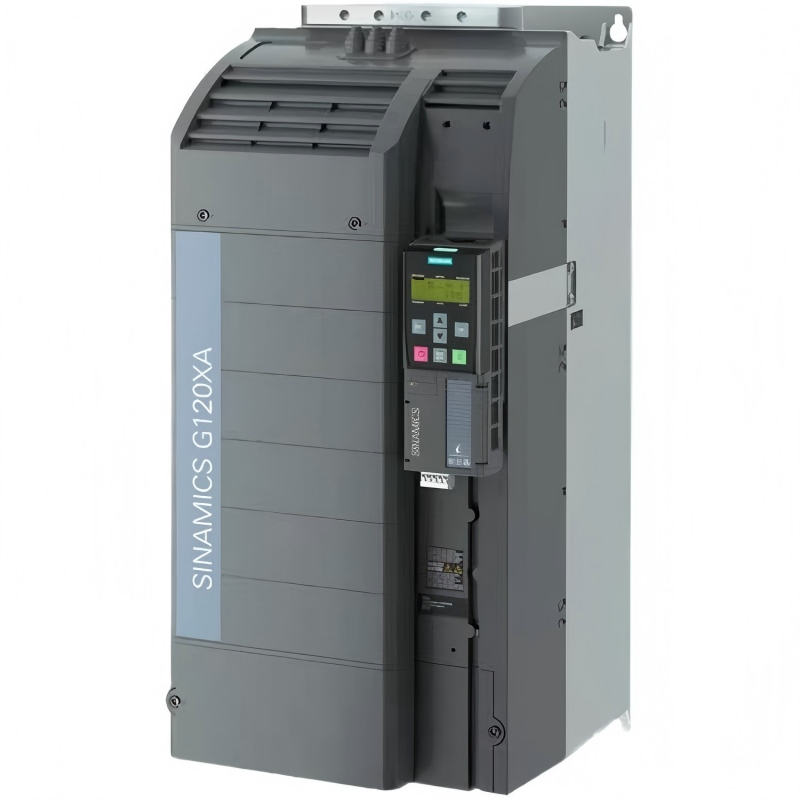
The Moxa EDS-316-S-SC is a robust 16-port unmanaged industrial Ethernet switch designed for demanding network environments. It offers exceptional reliability and performance, featuring single-mode SC fiber optic ports for extended communication distances, making it ideal for applications where long-haul connectivity is paramount. With its industrial-grade design, the EDS-316-S-SC ensures continuous operation in harsh conditions, supporting wide operating temperature ranges and high MTBF (Mean Time Between Failures) ratings. This switch is engineered to deliver seamless data transmission, supporting redundant power inputs for enhanced system uptime and advanced surge protection to safeguard against electrical disturbances.
Product Specifications
| Feature | Specification |
| :----------------------- | :------------------------------------------ |
| Ethernet Ports | 16 x 10/100BaseTX, RJ45 |
| Fiber Ports | 2 x 100BaseFX, single-mode, SC connector |
| Power Input | 24 VDC (12-48 VDC), redundant inputs |
| Operating Temperature | -40 to 75 °C |
| MTBF | 150,000+ hours |
| Enclosure | IP30 |
| Dimensions | 74 x 140 x 105 mm |
| Mounting | DIN-rail, panel mount |
| Standards Compliance | FCC, CE, UL, IEC |
Core Features & Market Positioning
The Moxa EDS-316-S-SC stands out in the industrial Ethernet market due to its superior fiber optic capabilities and rugged construction. The inclusion of single-mode SC fiber ports allows for network extension over significantly longer distances compared to multi-mode fiber or copper, a critical advantage in sprawling industrial complexes, pipeline monitoring, or transportation systems. Its unmanaged nature simplifies deployment, eliminating the need for complex configuration, while its robust design ensures reliability in environments prone to vibration, shock, and extreme temperatures. This positions the EDS-316-S-SC as a go-to solution for mission-critical applications demanding high availability and long-term operational stability.
Key Application Scenarios
This industrial switch excels in scenarios requiring reliable, long-distance Ethernet connectivity. It is frequently deployed in power generation and distribution networks for SCADA system communications, enabling data acquisition from remote substations. In the oil and gas sector, the EDS-316-S-SC facilitates secure communication across vast exploration and production sites, connecting sensors and control systems. Its durability also makes it suitable for intelligent transportation systems, linking traffic management devices and surveillance cameras along highways or rail lines. Furthermore, it’s a solid choice for distributed manufacturing environments where a central control room needs to interface with equipment across multiple facilities.
Practical System Integration Guidance
Integrating the Moxa EDS-316-S-SC into an industrial network is straightforward. Installation typically involves mounting the switch onto a standard DIN-rail or a panel using the provided brackets. For power, connect a 24 VDC power supply to one of the redundant input terminals; a second supply can be connected for failover. The RJ45 ports support auto-negotiation for connecting standard Ethernet devices, while the SC fiber ports require compatible single-mode fiber optic cables, ensuring correct polarity and termination for optimal signal integrity. LED indicators on the front panel provide immediate status feedback for power, link, and activity on each port, simplifying troubleshooting during commissioning.
Operation and Risk Mitigation
Operating the Moxa EDS-316-S-SC requires minimal intervention, primarily focusing on power and physical connections. Key to risk mitigation is ensuring the power supply is within the specified voltage range and correctly wired to the redundant inputs to prevent power loss. Environmental factors should also be managed; while the switch is designed for harsh conditions, prolonged exposure to direct sunlight or corrosive atmospheres should be avoided. Common troubleshooting involves checking LED indicators for port status and power. Faults are typically related to physical layer issues, such as damaged fiber optic cables or incorrect power supply. The robust design inherently minimizes the risk of hardware failure in operational scenarios.
Scalability & Long-Term Value
The Moxa EDS-316-S-SC offers significant long-term value through its inherent reliability and compatibility. Its unmanaged nature means it can be easily added to existing Ethernet infrastructures without impacting network configuration. For scalability, additional EDS-316-S-SC switches or other Moxa industrial Ethernet devices can be interconnected to expand network coverage or capacity. Its compatibility with standard industrial protocols ensures seamless integration with modern Industrial Internet of Things (IIoT) platforms and digital transformation initiatives, providing a stable foundation for future network upgrades and advanced analytics.
Frequently Asked Questions
What is the maximum communication distance for the Moxa EDS-316-S-SC fiber ports?
The single-mode SC fiber optic ports on the Moxa EDS-316-S-SC are designed for extended reach. They can typically support communication distances of up to 20 kilometers, or approximately 12.4 miles. This makes them ideal for connecting geographically dispersed devices or network segments within large industrial facilities.
This extended range is crucial for applications where copper cabling is impractical due to distance limitations. The single-mode fiber technology provides a robust and reliable link over these long hauls, minimizing signal degradation.
The EDS-316-S-SC’s fiber capability ensures that even remote assets can be reliably integrated into the central network infrastructure.
Can the Moxa EDS-316-S-SC be managed remotely?
No, the Moxa EDS-316-S-SC is an unmanaged industrial Ethernet switch. It does not support remote management features such as web-based configuration, SNMP, or command-line interfaces. Its operation is plug-and-play.
This design simplifies installation and maintenance, making it suitable for environments where IT expertise may not be readily available. The focus is on reliable, automatic data forwarding.
Users can monitor its status through the onboard LED indicators for power and port activity. For managed functionalities, Moxa offers a range of managed switches.
What are the power requirements for the Moxa EDS-316-S-SC?
The Moxa EDS-316-S-SC features dual, redundant DC power inputs. It operates with a voltage range of 12 to 48 VDC, with a standard requirement of 24 VDC. Having redundant power inputs enhances system reliability.
If one power source fails, the switch will continue to operate seamlessly using the second power source. This is critical for mission-critical industrial applications where downtime is unacceptable.
Proper wiring and a stable DC power source within the specified range are essential for optimal performance and longevity of the device.
How is the Moxa EDS-316-S-SC protected against environmental factors?
The Moxa EDS-316-S-SC is built with an IP30-rated enclosure, offering protection against solid objects larger than 2.5mm, such as tools or wires. It is designed to operate reliably within a wide temperature range of -40 to 75°C. This broad operational temperature range ensures functionality in extreme cold and heat.
The switch also incorporates surge protection on its power inputs and Ethernet ports to safeguard against electrical disturbances and transient voltages common in industrial settings. Its rugged design is engineered to withstand vibration and shock encountered in these environments.
These protective features collectively contribute to its high Mean Time Between Failures (MTBF) rating, ensuring a long and stable operational life.
What type of fiber optic cable is needed for the SC ports?
For the SC fiber optic ports on the Moxa EDS-316-S-SC, you will need single-mode fiber optic cable with SC connectors at both ends. Single-mode fiber is essential for achieving the extended communication distances this switch supports.
Ensure that the connectors are clean and properly terminated to maintain optimal signal quality and prevent data loss or intermittent connectivity issues. Mismatched or dirty connectors are a common cause of fiber link problems.
The use of single-mode fiber and SC connectors ensures robust, long-range data transmission capabilities for demanding industrial network requirements.
What is the significance of the "unmanaged" designation for this switch?
An unmanaged switch, like the Moxa EDS-316-S-SC, operates on a plug-and-play basis without requiring any user configuration. It automatically handles network traffic forwarding based on MAC addresses. This simplicity drastically reduces deployment time and complexity.
There are no advanced features such as VLANs, QoS, or port mirroring available, as these require management interfaces. The primary benefit is its ease of use and robust, stable performance for basic network connectivity.
This makes it an excellent choice for straightforward network extensions or for environments where IT management resources are limited. It ensures reliable data flow without complex setup.
Does the Moxa EDS-316-S-SC support Power over Ethernet (PoE)?
No, the Moxa EDS-316-S-SC does not natively support Power over Ethernet (PoE). Its power inputs are solely for powering the switch itself. PoE functionality requires specific hardware and standards not present in this model.
If PoE is required for connected devices, external PoE injectors or switches with PoE capabilities would need to be utilized in conjunction with the EDS-316-S-SC. It focuses on robust data transmission and connectivity.
The primary role of this switch is to provide reliable network connectivity through its Ethernet and long-reach fiber ports, not to deliver power to end devices.
What industrial standards does the Moxa EDS-316-S-SC comply with?
The Moxa EDS-316-S-SC complies with various key industrial standards to ensure compatibility and reliability in demanding environments. It meets FCC and CE standards, which are crucial for electromagnetic compatibility and safety in many regions. Additionally, it holds UL certification, indicating compliance with safety standards for industrial equipment.
It also adheres to specific IEC standards relevant to industrial control equipment and environmental conditions, such as those pertaining to temperature, humidity, and vibration. These certifications validate its suitability for rigorous operational settings.
Compliance with these standards ensures that the EDS-316-S-SC can be safely and effectively integrated into a wide array of industrial automation and control systems globally.
How can I troubleshoot a link issue on an RJ45 port?
To troubleshoot a link issue on an RJ45 port, first check the LED indicator for that specific port. A solid green light typically indicates a valid physical link. If the light is off, check the Ethernet cable connection at both the switch and the connected device, ensuring it is securely plugged in.
Verify that the connected device is powered on and functioning correctly, and that its network interface is enabled. Try using a different, known-good Ethernet cable, as cables can fail. Ensure the cable type (straight-through vs. crossover) is appropriate, though most modern devices auto-negotiate this.
If the issue persists, try connecting a different device to the port or connecting the original device to a different port on the switch to isolate whether the problem lies with the port, the cable, or the end device.
What is the MTBF rating for the Moxa EDS-316-S-SC and why is it important?
The Moxa EDS-316-S-SC boasts a Mean Time Between Failures (MTBF) rating exceeding 150,000 hours. MTBF is a measure of the predicted reliability of a component or system, indicating the average time it is expected to operate without failure. A higher MTBF rating signifies greater reliability and durability.
For industrial applications, a high MTBF is critical as it directly translates to reduced downtime and maintenance costs. It assures operators that the switch is designed for continuous, long-term operation in harsh environments where failure can have significant operational and financial consequences.
This exceptional reliability makes the EDS-316-S-SC a trusted choice for mission-critical networks in sectors like energy, manufacturing, and transportation, where consistent performance is paramount.
















